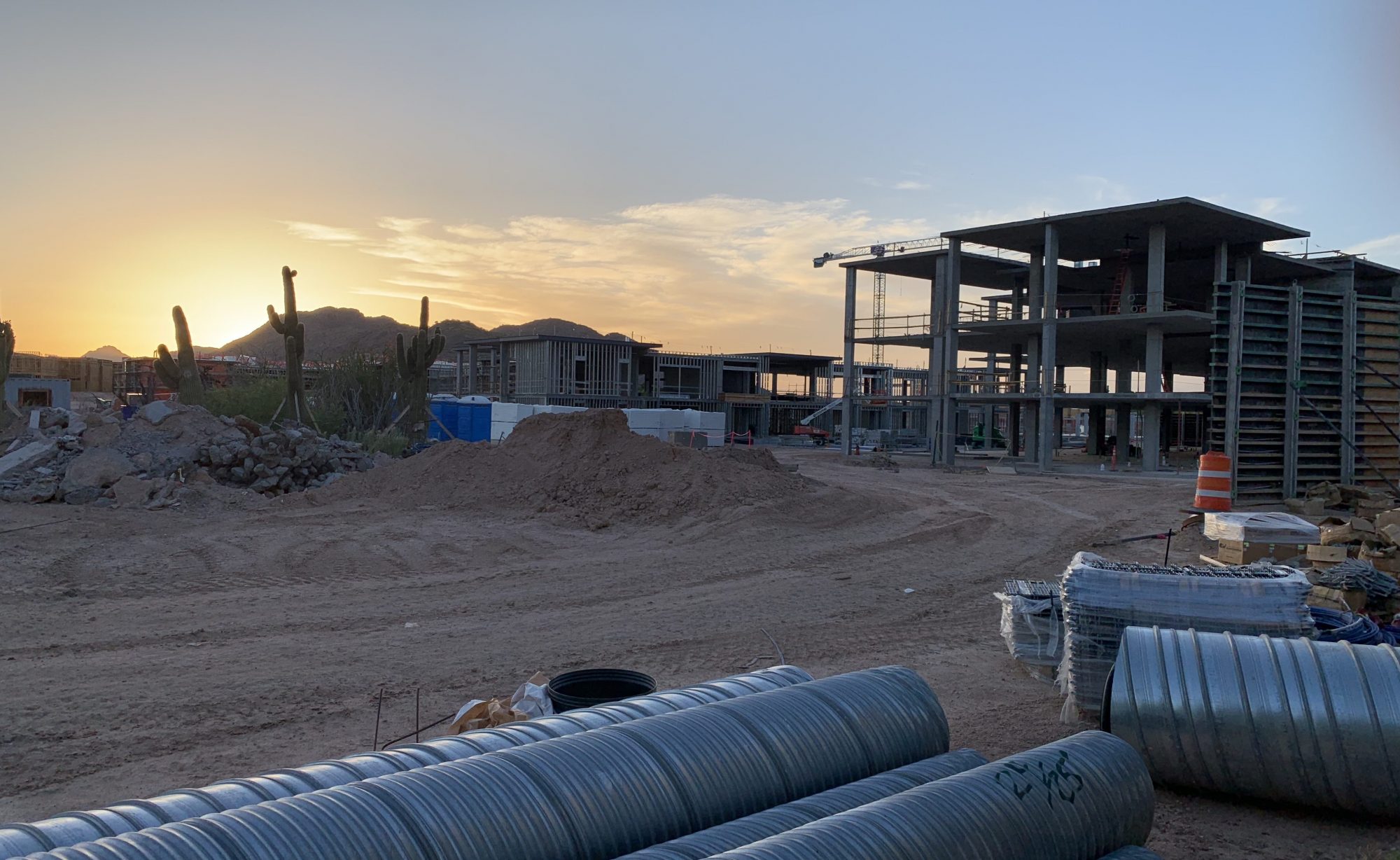The plain language of Arizona Revised Statute § 32-1153 has long prohibited unlicensed contractors from filing lawsuits to collect payment for unlicensed work. The statute “conditions…claim[s] for unpaid work on licensure ‘when the contract sued upon was entered into and when the alleged cause of action arose.'” Crowe v. Hickman’s Egg Ranch, Inc., 202 Ariz. 113, 115, 41 P.3d 651, 653 (App. 2002).
But what happens when a licensed contractor performs both work for which he is licensed and work for which he is not licensed on a construction project? Is the contractor precluded as a matter of law from seeking to recover for the work performed pursuant to his license because he performed the unlicensed work? The Arizona Court of Appeals recently addressed this issue in Chavira v. Armor Designs of Delaware, Inc., 356 P.3d 334 (App. 2015).

 Alternative dispute resolution clauses are common in construction contracts. Often, these clauses require arbitration under the American Arbitration Association’s (“AAA”) Construction Industry Arbitration Rules (the “Construction Rules”). It is, therefore, important for those in the industry to know that the Construction Rules have undergone significant revisions, which became effective on July 1, 2015.
Alternative dispute resolution clauses are common in construction contracts. Often, these clauses require arbitration under the American Arbitration Association’s (“AAA”) Construction Industry Arbitration Rules (the “Construction Rules”). It is, therefore, important for those in the industry to know that the Construction Rules have undergone significant revisions, which became effective on July 1, 2015.
 ***UPDATE – 7/15/2016***
***UPDATE – 7/15/2016***